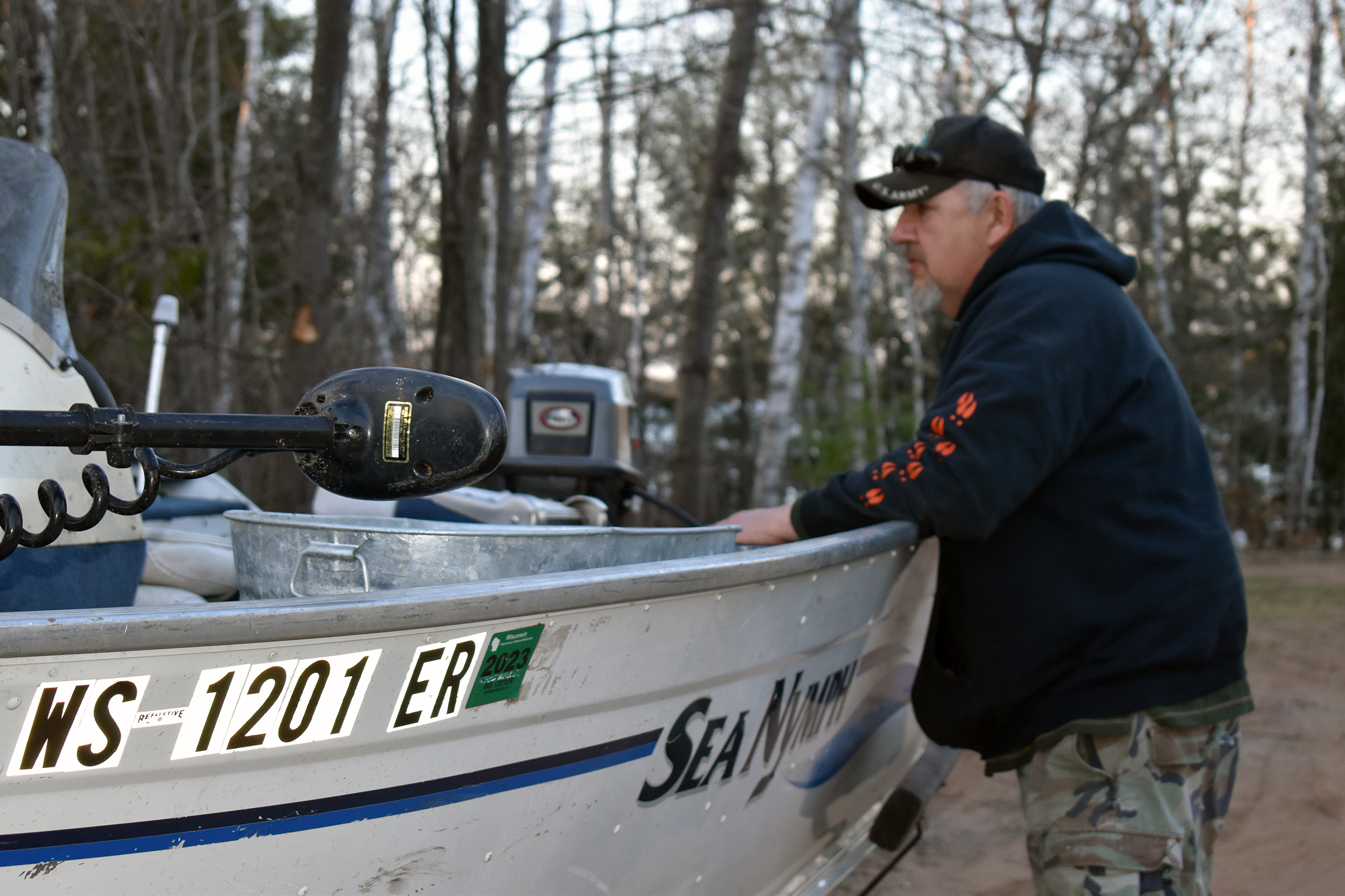Despite the popular narrative, rural economies rely on much more than agriculture. We discuss the other dominant sectors and if federal policy reflects the reality in rural America. We also hear about a new exhibit at the Neville Public Museum in Green Bay that showcases the culture and contributions of the Latino community in northeastern Wisconsin. Plus, we find out why the Environmental Protection Agency dismissed half of the scientists on a key advisory board.
Featured in this Show
-
Rural Economies: It's Not Just The Farming
Contrary to popular belief, rural economies are driven by more than just agriculture–but federal policy doesn’t reflect that reality. That’s according to a guest analyst who says we need to look at the whole economic picture of rural America.
-
'Estamos Aqui' Exhibit Explores Latino Identity in Northeast Wisconsin
A new exhibit at Green Bay’s Neville Public Museum showcases the culture, contributions, and identity of the Latino Community in northeast Wisconsin. We talk with an organizer of the exhibit and a bilingual teacher in Green Bay about what attendees can expect from “Estamos Aqui” and what it takes to make Wisconsin feel like home.
-
'Estamos Aquí': A Story Of The Latino Experience In Northeastern Wisconsin
Wisconsin’s Latin American community has long been associated with the southern part of the state – especially in Milwaukee and Dane counties, which have some of the largest concentrations. But a new exhibit in Green Bay’s Neville Public Museum is showcasing the stories and experiences of a growing Latin American community in northeastern Wisconsin.

Photo courtesy of The Neville Public MuseumThe data on the community’s size and growth is limited but David Littig, a member of the exhibit committee and also political science professor emeritus at the University of Wisconsin-Green Bay, said part of the story began about 60 years ago.
“It really started — in terms of permanent residents — in the 1950s,” he said, adding that the community has grown and is more diverse than many might expect. “While there’s a predominance of Mexicans … there’s more than just Mexicans here. And so one of the things we try to do is go identify and bring into this exhibit the cultural traditions of Latin Americans.”
The exhibit, Estamos Aquí, or “we are here,” highlights everything from the migrant worker experience to the varying countries and cultures that are part of Latin America — and does it in both English and Spanish.
For Patricia Agee-Aguayo, a teacher at Green Bay’s Hispanic resource center, Casa Alba, said a bilingual exhibit was a powerful way to reach out to the community.
“When I saw the exhibit in both languages it made me very proud,” she said. “We want to reach the Latino community by having the native language in the exhibit for people who are still learning the English language.”
The celebration of language doesn’t stop there — part of highlighting the nuance within the Latino community is showcasing how language will change from one culture to another.
“There’s a difference in language, even (within) Spanish languages, of how people relate to each other, how they introduce themselves, how they talk,” Littig said.
The exhibit also highlights different cultures within the Latino community through audiovisual and audio material. Agee-Aguayo described the musical portion of the exhibit as especially powerful.
“I am from Chile, and when I heard the music (from Chile) going through the exhibition, it brought tears to my eyes. Being in Green Bay and hearing the music of my country is amazing,” she said.
But for Agee-Aguayo, the exhibit also symbolizes more than just her culture — she used the exhibit’s title to describe an immigrant community that she said is energized to stay in northeastern Wisconsin and be part of the community’s fabric, especially through higher education.
“Estamos Aquí means that we are going to stay here, and I don’t think we are leaving from here, because we love the city, we love the people around us, and the support that we are receiving. And we are ready to do good things,” she said.
-
EPA Removes Half Of Its Scientific Advisers On A Key Board
The Environmental Protection Agency (EPA), which is headed by Scott Pruitt, has chosen to remove half of the members on a key scientific advisory board. The board members, many of whom were academics, are expected to be replaced by industry-aligned figures. A science reporter shares the details.
Episode Credits
- Rob Ferrett Host
- Veronica Rueckert Host
- Rob Ferrett Producer
- Dean Knetter Producer
- Haleema Shah Producer
- Tim Marema Guest
- David Littig Guest
- Patricia Agee-Aguayo Guest
- Oliver Milman Guest
Wisconsin Public Radio, © Copyright 2024, Board of Regents of the University of Wisconsin System and Wisconsin Educational Communications Board.

